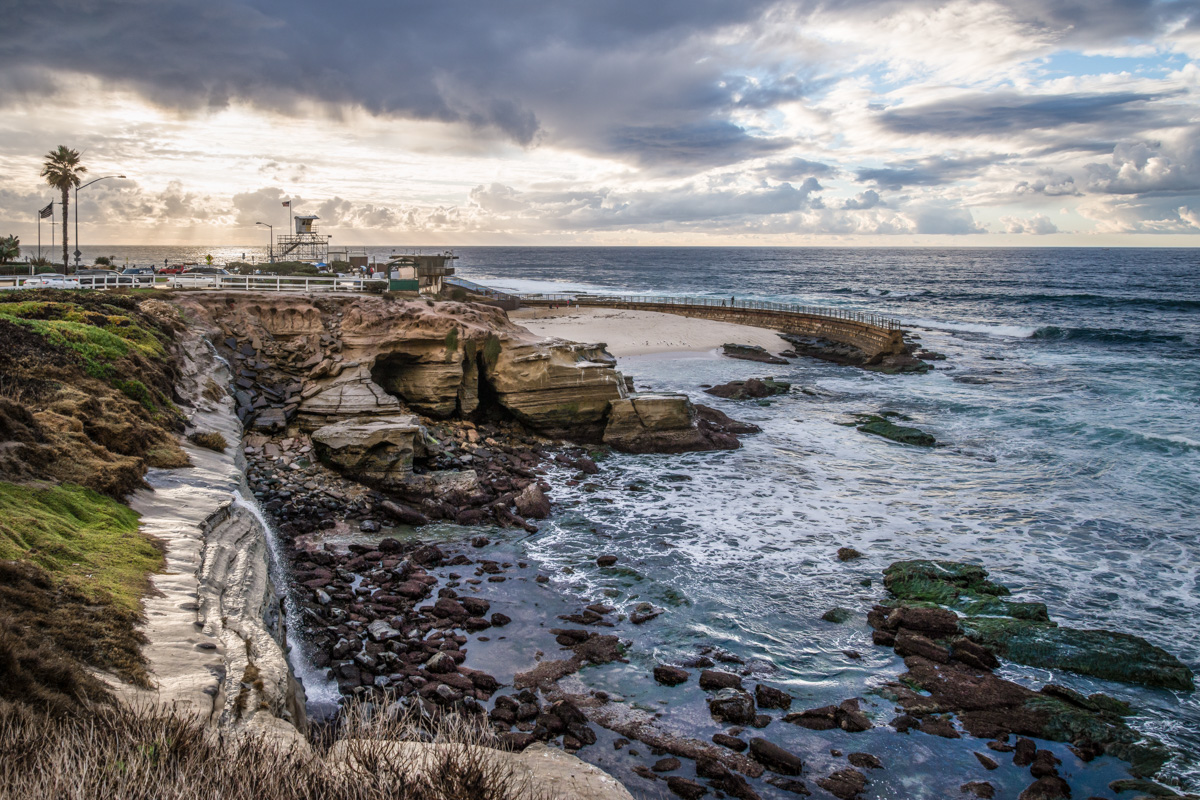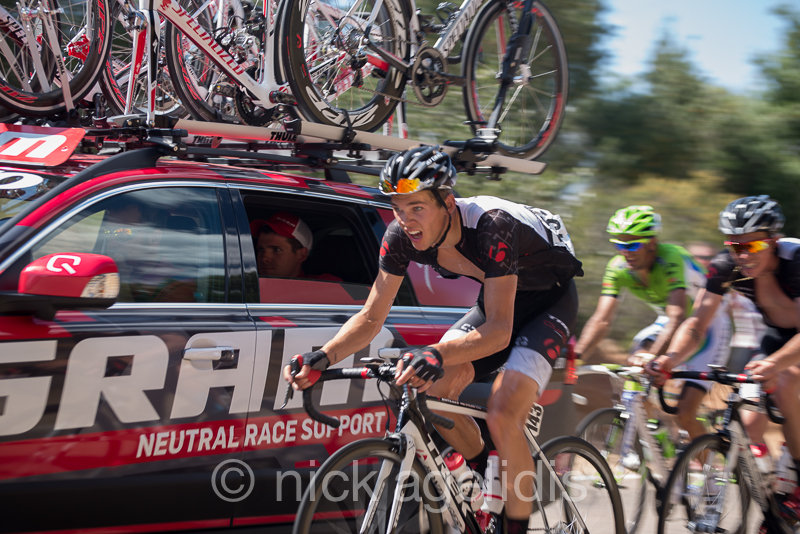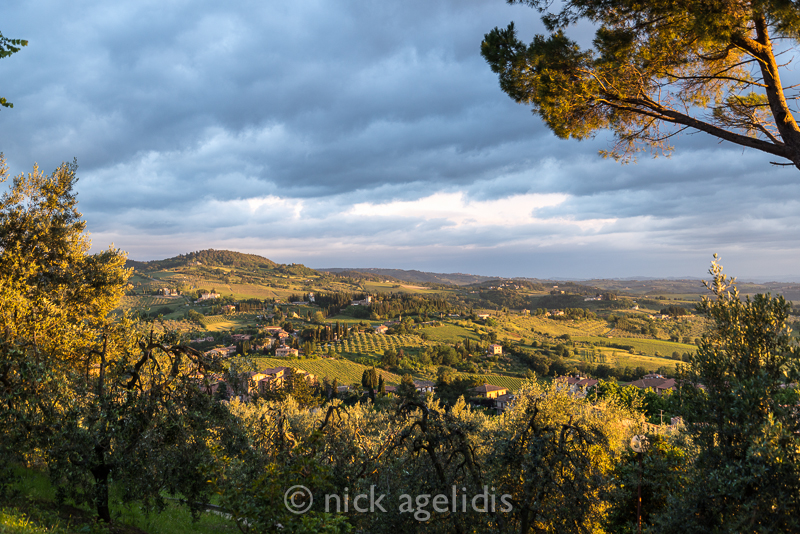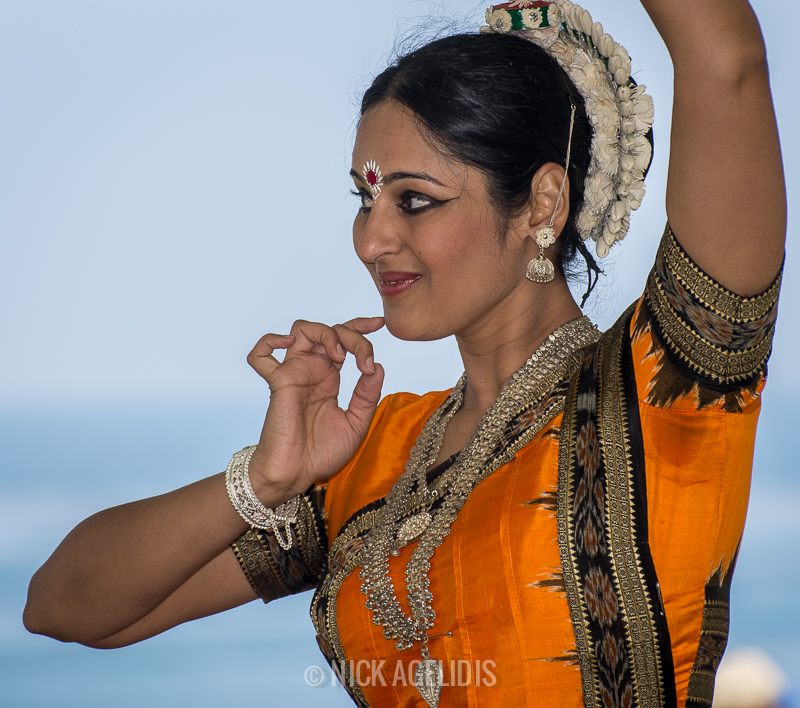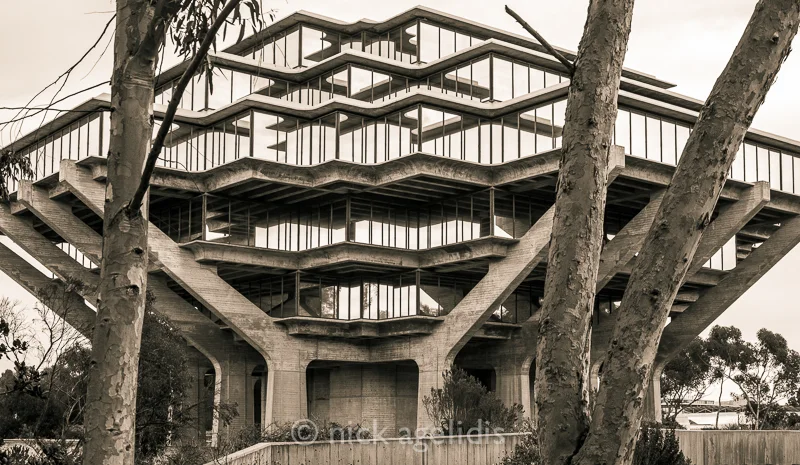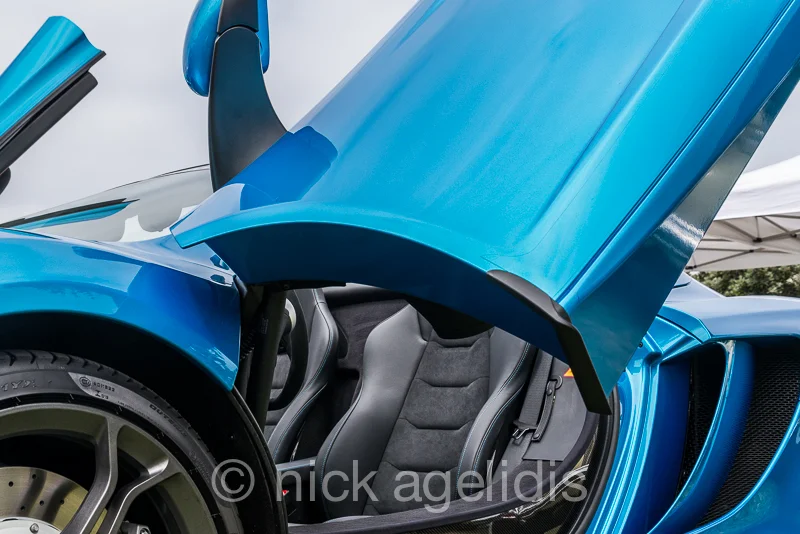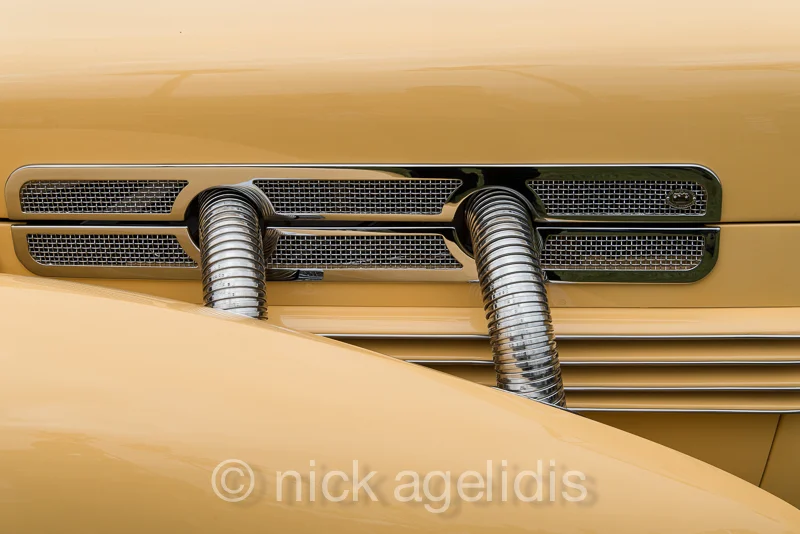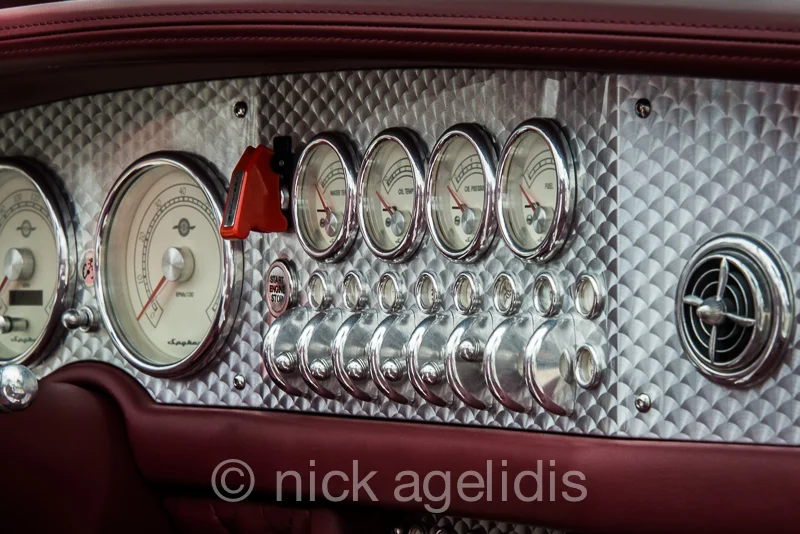Picture Perfect: Photographer captures essence of La Jolla’s people, places in new book
If you prefer, you can read this article HERE on La Jolla Light’s website
A stunning nighttime view of the La Jolla coastline and Village through the lens of Nick Agelidis. Photos by Nick Agelidis
By Pat Sherman
An image of the Pacific spitting skyward as a wave crashes dramatically into La Jolla’s craggy coast; a couple quietly sitting on a bench, gazing out at an orange and purple sunset; runners dressed in monkey and banana suits taking part in the La Jolla Half Marathon.
“La Jolla: A Photographic Journey” (Sunbelt Publications, $21.95) is available at Warwick’s bookstore in La Jolla, and includes a jacket accolade from La Jolla Historical Society Executive Director Heath Fox, who refers to it as “an extraordinary photographic journal of contemporary La Jolla.”
Armed with a Nikon D600 camera, Agelidis set out to shoot in the coastal breeze shortly after he and wife, Lamya, moved to La Jolla two years ago, settling in the Village.
“Initially, I just started taking photos for my own pleasure, just as a way of documenting my own surroundings,” he said. “I started to think there may be something more here. I looked around and I really didn’t find a photography book of La Jolla, per se.”
The photographs were amassed over the span of a year, said Agelidis, who holds a doctorate in structural engineering and formerly worked for Ford and Nissan. “I think for something like this, where you’re trying to capture different seasons and environmental conditions, it’s almost a requirement,” he said.
One of the first images Agelidis captured for the book was of a channel carved into the bluff at Hospitals Beach, taken early morning as the clouds were just beginning to break.
One imagines the ghosts of days gone by holding court in the quiet hours at Harry’s Coffee Shop.
“It started to rain, I took cover, and once it cleared I was about to go home,” Agelidis recalled. “I said, ‘let me just wander down to the beach again.’ … In the whole time I’ve been here I’ve never had that combination of the lighting, sun and all the green algae. Sometimes (the elements) just come together and they’re hard to capture again.”
Some of the photographs were taken upon first exploration, such as a hurried, “pure chance” shot of nearly 30 pelicans flying in formation above a breaking wave. For other shots, Agelidis returned to the scene repeatedly to get the lighting just right.
One image features a couple viewed from behind as they stand at the end of the walkway in Sunny Jim’s Cave. As they peer out through the cave’s opening at a sundrenched La Jolla Cove, the striking combination of light and color reflected on the cave walls behind them is among nature’s finest artistry.
“You see the shadows the railing is casting and then you’ve got the light from outside that’s really picking up the texture of the rocks and cobwebs,” said Agelidis, a native of Melbourne, Australia. “The view that they’re looking at is actually what’s on the facing page.”
A fissure in the rocky shore at Hospitals Beach in La Jolla.
Sandwiched between scenes of children and adults enjoying the La Jolla Art and Wine Festival, Concours d’Elegance auto show or Haute La Jolla Nights music events, are serene nighttime scenes of the patio at Harry’s Coffees Shop and dramatically backlit detail from one of the Village’s iconic seahorse benches.
“I tried to vary the shots as much as I could … looking for something a little different, a little quirky maybe — and kind of moody as well,” explained Agelidis, who hopes to follow up his first commercially published book with others documenting his world travels, including sojourns in China and Italy.
“My preference is travel photography, but La Jolla is so breathtaking that, even while at home, I feel like I’m on vacation every day,” he writes in the preface to his book.
Although he has lived in Europe and once entertained spending his retirement there, he and his wife returned to visit La Jolla one more time, sealing the deal.
“It’s is a great combination of being in the U.S. but in a town with a European feel to it,” he told La Jolla Light. “That just seemed to check all the boxes for us, and we certainly haven’t regretted it.”

